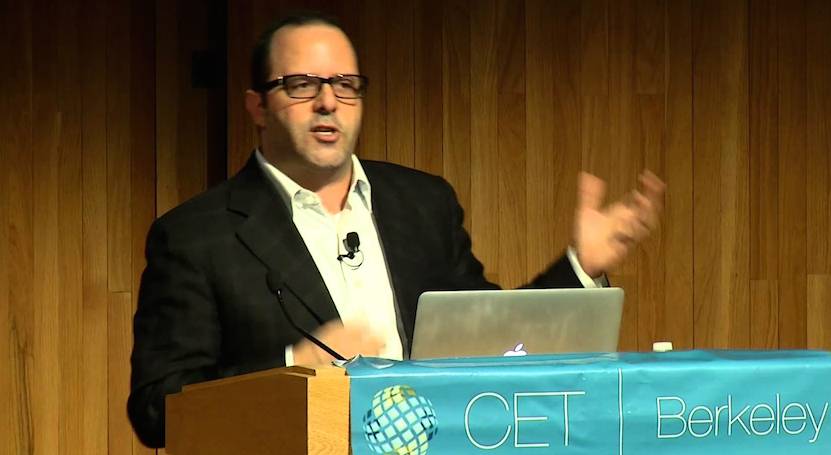 NEWS
NEWS
 NEWS
NEWS
 NEWS
NEWS
Los Angeles-based Big Data company Bottlenose Inc. has just revealed the next major iteration of its business intelligence product, Nerve Center.
The product uses a combination of real-time data mining, predictive analytics and machine learning to help companies make important decisions related to staffing, advertising, investments and more. Advancements in machine learning and artificial intelligence seem to be arriving every day now, from Google’s landmark victory against a world champion Go player to Helsinki’s recent self-driving public transit tests. But Bottlenose Chief Executive and co-founder Nova Spivack says that many powerful machine learning tools are still out of reach for mid-sized businesses, even if their costs are have dropped somewhat.
“Right now we’re in the middle of a transition from an earlier era, where these things were really expensive and you’d use Palantir or IBM to do huge projects, to an era where where a range of tools targeting CIOs, various Hadoop platforms and analytic platforms have all brought the price down by an order of magnitude for enterprise buyers,” he said.
Spivack said that with Nerve Center 3.0, Bottlenose has managed to bring that price down even further, putting the cost of machine learning business intelligence into the tens-of-thousands rather than in the millions.
The latest iteration of Nerve Center offers a number of new and improved features over the previous version, most notably the ability to replicate many of the functions of a business analyst with machine learning.
Nerve Center draws on a firehose of over 2 million data sources, including social media, the dark web, bitcoin and more. With a minimal amount of training, businesses can learn how to leverage that data by building customized reports and alerts to do anything from measuring brand sentiment to predicting staffing needs or anticipating customer service issues.
“If you’re a person whose job it is to decide when and where to spend money on TV ad campaigns for beer brands,” Spivack offered as an example, “our system can advise you on what months, days or countries you should focus on and with what campaign. It’s easier to figure out what drives these attributes, where and when.”
Another example Spivack gave is the ability for a smartphone maker to determine how it should prioritize bug fixes based on which issues would affect the largest number of consumers in the most negative way.
While data-driven advice on existing or anticipated problems is invaluable, Spivack noted that one of the primary strengths of Nerve Center is the ability to discover “unknown unknowns.”
“You’re finding things you didn’t even know were important that you should have asked about,” Spivack said. “You’re finding answers to questions you didn’t know to ask.”
According to Spivack, one of the biggest costs associated with machine learning is not the systems themselves but the data scientists required to operate them effectively, and even for the company’s who can afford their own data scientists, the talent pool is frustratingly limited. Spivack pointed to a recent study by the International Data Corporation (IDC) that expects a shortage of roughly 300,000 data scientists by 2018 in the United State alone, along with a shortage of about 1.5 million managers with a knowledge of data-driven decision making.
“The problem is you can’t make approximately 2 million of these people in a year, and if even if training programs and universities cranked out a lot more of these people, there would still never be enough of them,” Spivack said. “So the solution is not to try to make more data scientists, but rather to start to automate more of what they do and make it easy so that other people – business users, decision makers who aren’t technical – can get the benefit of this kind of computational and data-driven thinking.
“So the idea here is to increasingly automate the analysts, to automate what data scientists do so that you only need data scientists, the actual humans, for the really hard creative work, and a lot of the more repeatable work that data scientist do can be automated.”
Spivack recently penned a blog post on the necessity of automating the work of data analysts. In it, Spivack concluded, “Automating the analyst is no small task. But nothing worth doing ever is.”
THANK YOU